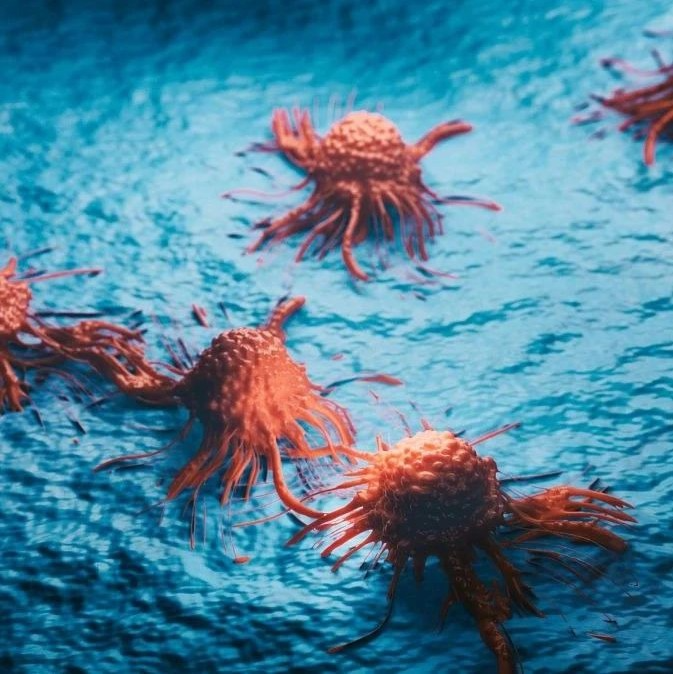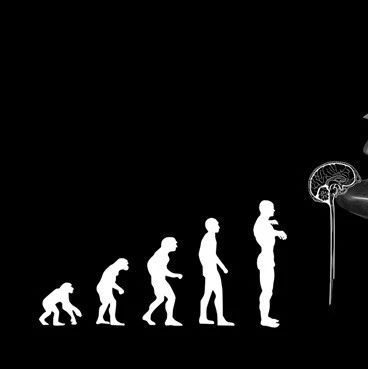那些因心搏停止而接受复苏术的患者,如果其动脉血中的氧含量过高(高氧症),他们与那些没有动脉高氧症的类似病人相比,其医院内的死亡率较高。
心血管疾病的最常见的致死性结果是心搏猝停。根据文章的背景资料,即使心脏停搏后自主性循环恢复(ROSC),大约有60%的患者也无法活着出院。文章的作者写道:“在寻找可改变的ROSC之后因子的过程中,补充氧气(在心搏停止后常常会给病人输高浓度的氧气)的作用具有争议性。”
Cooper University Hospi-tal, Camden, N.J.的J. Hope Kilgannon, M.D.及其同僚开展了一项研究,旨在确定心搏停止的ROSC之后的高氧症是否与临床后果不佳有关联。纳入该项研究的信息来自2001至2005年期间在120家美国医院中的加护病房(ICUs)中的危重病人的治疗数据库。病人的录取标准包括:年龄17岁以上,非创伤性心搏停止,在到达ICU之前24小时内接受了心肺复苏术,在到达ICU之后24小时之内做了动脉血气分析。根据动脉血中的氧气测定值,病人被分为3组。
在6326名患者中,1156人有高氧症(18%),3999人有低氧症(63%;即血液中缺氧),有1171人为血氧含量正常。研究人员发现,患者死亡率最高者来自高氧症组(63%),而在低氧症组该数字为57%,在正常血氧组中该数字为45%。高氧症组患者的住院死亡率与血氧正常组患者相比显着要高(比例差异,6%)。文章的作者写道:“人们发现高氧症敞口是医院内死亡率的一个重要的预测因子。”
研究人员还发现,在医院的存活者中,与血氧正常者相比,病人在出院的时候,高氧症者与独立功能状态可能性较低具有关联性。
他们写道:“尽管我们承认,关联性并不一定意味着因果关系,但这些数据支持在心搏停止后给予高浓度的氧气可能有不良影响的这一假说。”
推荐原文出处:
JAMA. 2010;303[21]:2165-2171
Association Between Arterial Hyperoxia Following Resuscitation From Cardiac Arrest and In-Hospital Mortality
J. Hope Kilgannon, MD; Alan E. Jones, MD; Nathan I. Shapiro, MD, MPH; Mark G. Angelos, MD; Barry Milcarek, PhD; Krystal Hunter, MBA; Joseph E. Parrillo, MD; Stephen Trzeciak, MD, MPH; for the Emergency Medicine Shock Research Network (EMShockNet) Investigators
Context Laboratory investigations suggest that exposure to hyperoxia after resuscitation from cardiac arrest may worsen anoxic brain injury; however, clinical data are lacking.
Objective To test the hypothesis that postresuscitation hyperoxia is associated with increased mortality.
Design, Setting, and Patients Multicenter cohort study using the Project IMPACT critical care database of intensive care units (ICUs) at 120 US hospitals between 2001 and 2005. Patient inclusion criteria were age older than 17 years, nontraumatic cardiac arrest, cardiopulmonary resuscitation within 24 hours prior to ICU arrival, and arterial blood gas analysis performed within 24 hours following ICU arrival. Patients were divided into 3 groups defined a priori based on PaO2 on the first arterial blood gas values obtained in the ICU. Hyperoxia was defined as PaO2 of 300 mm Hg or greater; hypoxia, PaO2 of less than 60 mm Hg (or ratio of PaO2 to fraction of inspired oxygen &300); and normoxia, not classified as hyperoxia or hypoxia.
Main Outcome Measure In-hospital mortality.
Results Of 6326 patients, 1156 had hyperoxia (18%), 3999 had hypoxia (63%), and 1171 had normoxia (19%). The hyperoxia group had significantly higher in-hospital mortality (732/1156 [63%; 95% confidence interval {CI}, 60%-66%]) compared with the normoxia group (532/1171 [45%; 95% CI, 43%-48%]; proportion difference, 18% [95% CI, 14%-22%]) and the hypoxia group (2297/3999 [57%; 95% CI, 56%-59%]; proportion difference, 6% [95% CI, 3%-9%]). In a model controlling for potential confounders (eg, age, preadmission functional status, comorbid conditions, vital signs, and other physiological indices), hyperoxia exposure had an odds ratio for death of 1.8 (95% CI, 1.5-2.2).
Conclusion Among patients admitted to the ICU following resuscitation from cardiac arrest, arterial hyperoxia was independently associated with increased in-hospital mortality compared with either hypoxia or normoxia.







